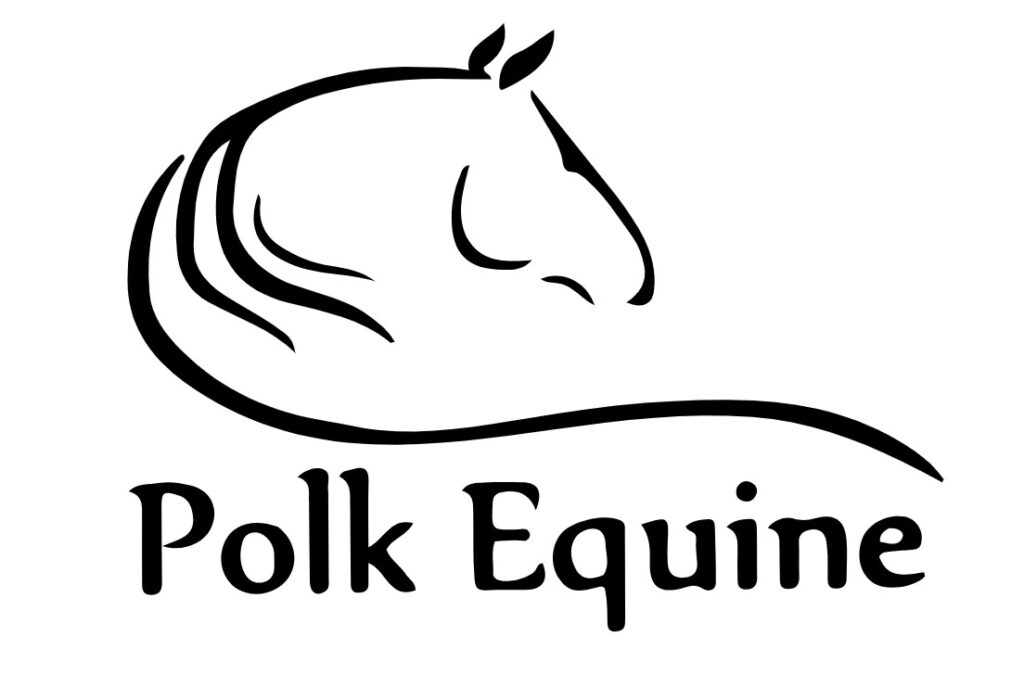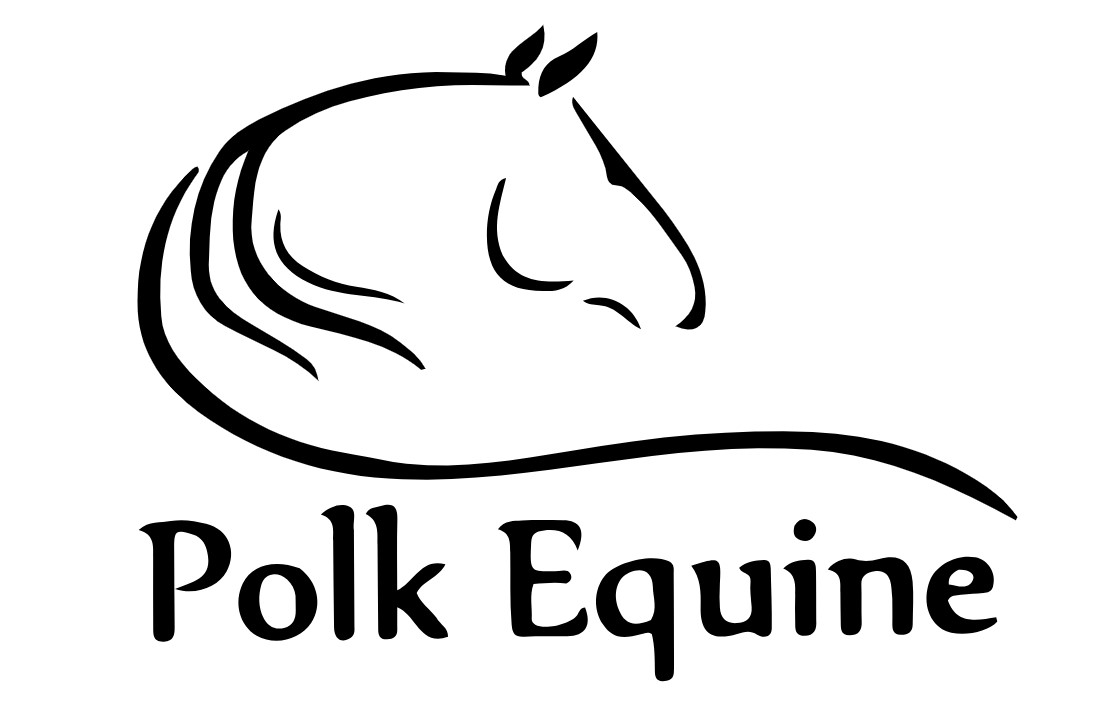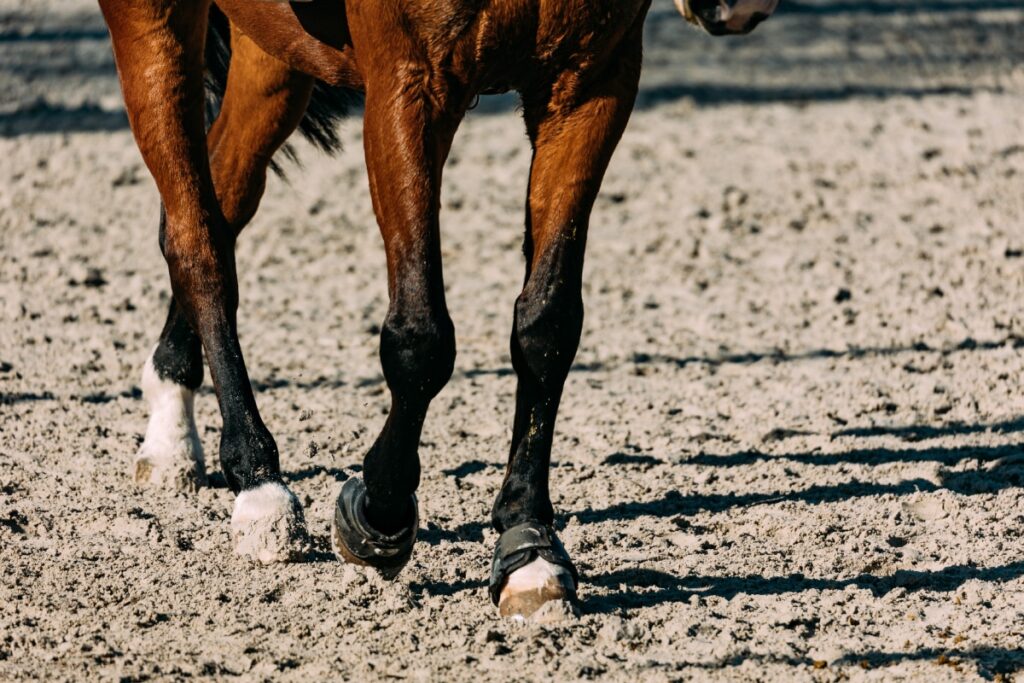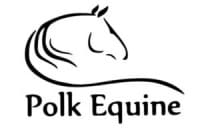There is a systematic plan for diagnosing a lameness in your horse that includes an exam with potential nerve blocks, radiographs and ultrasound. The first step is always to perform a thorough lameness work-up to determine a baseline lameness and determine which leg is affected. Palpation and a visual exam can help locate an injury in the soft tissue, tendons or joints. Flexions of the limbs with trotting can assist in locating the source of the pain to a specific joint.
Once the lameness is located to a specific leg, nerve blocks can be used to determine where in the leg the problem is. We start nerve blocks near the hoof and work our way up. Each nerve block takes about 10 minutes to work and once the horse goes sound, you know the lameness is “below” the block.
Radiographs can be extremely useful for lameness localized to a joint or for fractures. Radiographs focus on the bone and can diagnose arthritis in a joint or a fracture. Radiographs are also helpful in determining which structures are affected if your horse steps on a nail. Remember don’t pull it out until you speak with your veterinarian and if possible, cut it at the sole so radiographs can be taken but the nail doesn’t get pushed any deeper.
Ultrasound is used for soft tissue injuries such as tendon/ligament injuries. The ultrasound helps visualize any tears or damage to the tendons and any fluid in the joints or tendon sheaths.
Nerve blocks, radiographs and ultrasound are the most common ways to diagnose a lameness on the farm. Sometimes a diagnosis cannot be made and referral is the next step. Referral hospitals can offer multiple options for further diagnostics such as nuclear scintigraphy , magnetic resonance imaging (MRI) or computed tomography (CT scan) may be beneficial as they can provide more detail about the cartilage and underlying bone of the joint affected.
Contact your veterinarian to discuss your horses’ lameness and develop a plan to get your horse sound.




